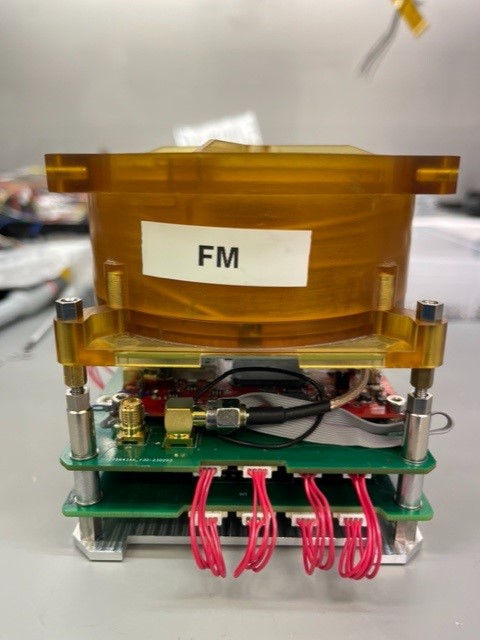CUAVA has reached a major milestone in our mission to launch CUAVA-2 in early 2024. We are excited to announce the delivery of the GPS Reflectometry Payload, Harry3.
The CUAVA-2 GPS reflectometry payload is developed by a team from the Australian Centre for Space Engineering Research (ACSER) at the University of NSW. Key researchers on this team are Aldi Rivaldi, Joon Wayn Cheong, Eamonn Glennon, Phu Le, Ben Southwell and Andrew Dempster. The CUAVA-2 GPS payload will be used to measure GPS signals scattered off the sea to determine the sea state remotely, as well as direct signals from GPS satellites for position, navigation, and timing.
The payload comprises two Kea GPS receivers with flight heritage from UNSW-EC0, INSPIRE-2, CUAVA-1 and other satellite missions. One Kea is connected to an RHCP GPS patch antenna that is body mounted on the bottom side of the spacecraft, which provides positioning, navigation, and time synchronisation to the payload. The other Kea is connected to a deployable LHCP antenna made by Helical Communications Technology (HCT), mounted on the top side of the satellite as the reflectometry antenna.






